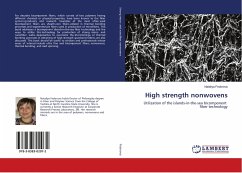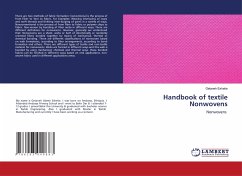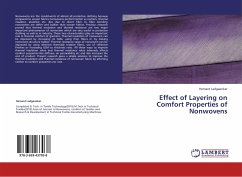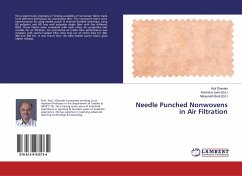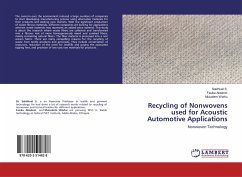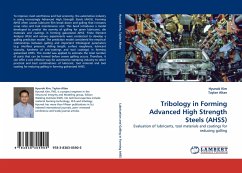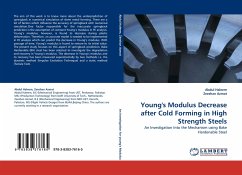For decades bicomponent fibers, which consist of two polymers having different chemical or physical properties, have been known to the fiber spinning industry and research. Examples of the most often used bicomponent fibers are sheath-core fibers utilized in thermal bonding processes and segmented pie fibers used in production of microfibers. This book addresses a bicomponent islands-in-the-sea fiber technology and the ways to utilize this technology for production of strong micro- and nanofiber webs. Approaches to overcome the shortcomings of thermal bonding processes in obtaining of high strength spunbond fabrics are also discussed. This book should be useful to scholars and professionals whose areas of interest include ultra fine and bicomponent fibers, nonwovens, thermal bonding, and melt spinning.

